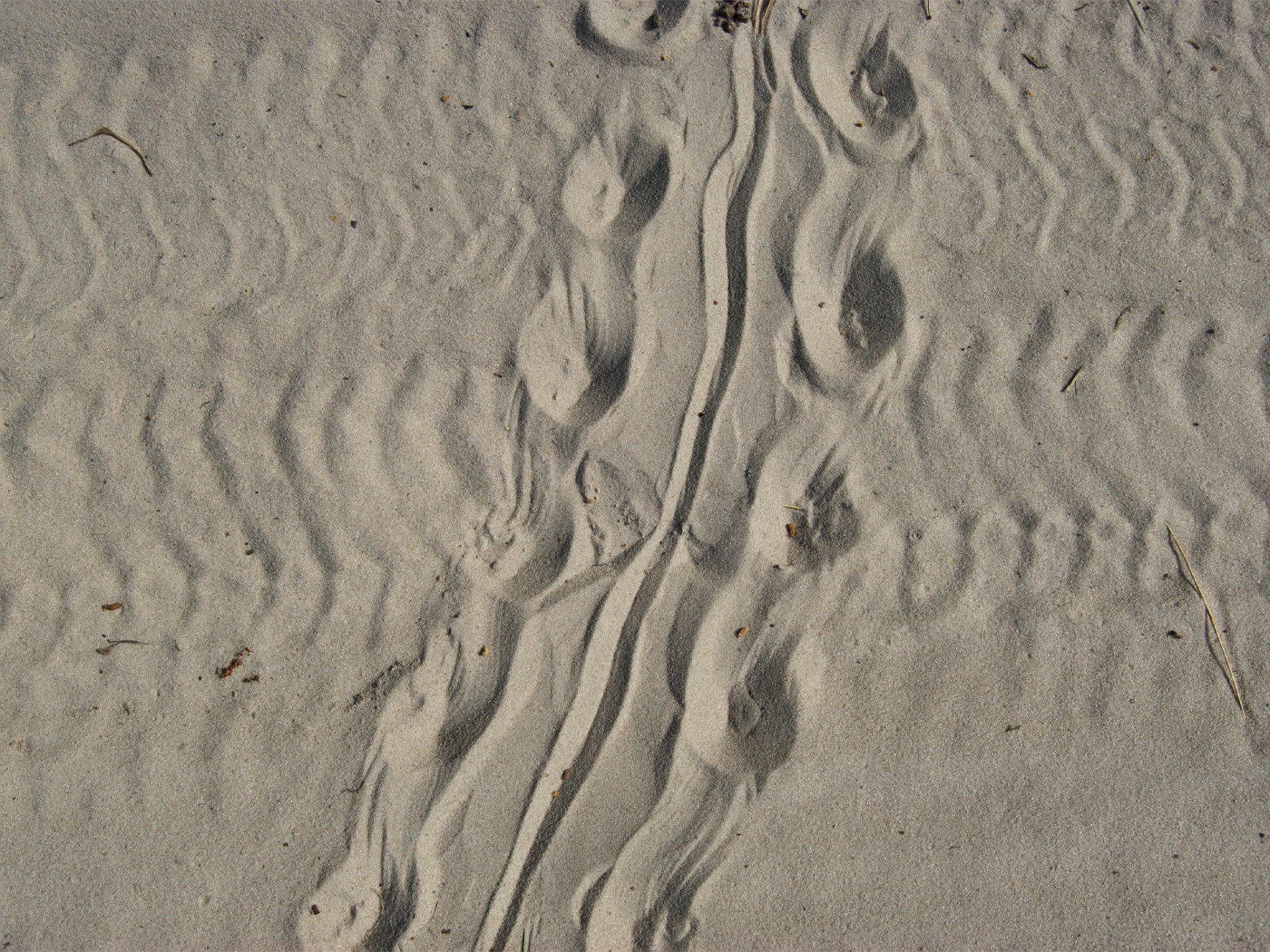Early ICR scientists hypothesized that the “waters which were above the firmament”1 implied a canopy of water vapor that covered the earth before the Flood. However, later tests led researchers away from this model. What changed their minds?
The vapor canopy theory helped explain why God separated the Genesis 1:1 formless mass of water into two bodies, one above and another below, with a firmament between them. An atmospheric vapor wrap gave a place for the waters “above the firmament.” This canopy’s greenhouse effect might have made the whole pre-Flood world tropical and helped people live for hundreds of years.
But holes appeared in the theory. Atmospheric physicist Larry Vardiman used climate modeling software to construct a virtual vapor canopy. When he input enough water vapor for the first 40 days of rain during the Flood year, he found that Earth’s temperatures would have soared due to an intense greenhouse effect. His results required the sun to emit only 25 percent of its current intensity to keep Earth’s inhabitants from basically boiling.2
While Dr. Vardiman tested the vapor canopy, physicist Dr. Russell Humphreys formulated a new model that placed the firmament waters beyond the farthest galaxies!3 Humphreys suggested that God miraculously stretched out the heavens on Day Two of the creation week. In other words, God pulled the upper waters some 20 million light-years away from Earth-bound waters below, leaving a firmament of heaven between. Humphreys wrote, “Another biblical problem with the canopy model is Psalm 148:1-4, which mentions the ‘waters above [the heavens].’”4 According to a literal translation of Genesis 1:20, the starry lights reside “in the firmament,”5 but birds fly “on the face of the expanse of the heavens.”6
But if there never was a vapor canopy, then what about that idyllic pre-Flood climate helping people live hundreds of years? Genesis 5:29 says, “And he called his name Noah, saying, ‘This one will comfort us concerning our work and the toil of our hands, because of the ground which the Lord has cursed.’” Their hard toil for food confronts notions of pre-Flood global paradise. By then the Garden of Eden was off-limits. And genetics better explains the dramatic decrease in life spans after the Flood. A population bottleneck, like when the world’s population shrunk to only eight on the Ark, would reduce later life spans.7
Responsible creation researchers test various historical models, but basic Bible facts never change. For example, “in six days the LORD made the heavens and the earth, the sea, and all that is in them,”8 and “the world that then existed perished, being flooded with water,”9 regardless of where one places the creation week’s upper waters.
References
- Genesis 1:7.
- Vardiman, L. 2003. Temperature Profiles for an Optimized Water Vapor Canopy. In Proceedings of the Fifth International Conference on Creationism. R. Ivey, ed. Pittsburgh, PA: Creation Science Fellowship, 29-39.
- See Humphreys, D. R. 1994. Starlight and Time. Green Forest, AR: Master Books.
- Ibid, 61.
- Genesis 1:14.
- Humphreys, Starlight and Time, 60. I.e., the waters above the star-studded firmament should lie beyond the stars.
- Thomas, B. Did Adam Really Live 930 Years? Creation Science Update. Posted on ICR.org July 14, 2014, accessed February 16, 2016.
- Exodus 20:11.
- 2 Peter 3:6.
* Mr. Thomas is Science Writer at the Institute for Creation Research.










